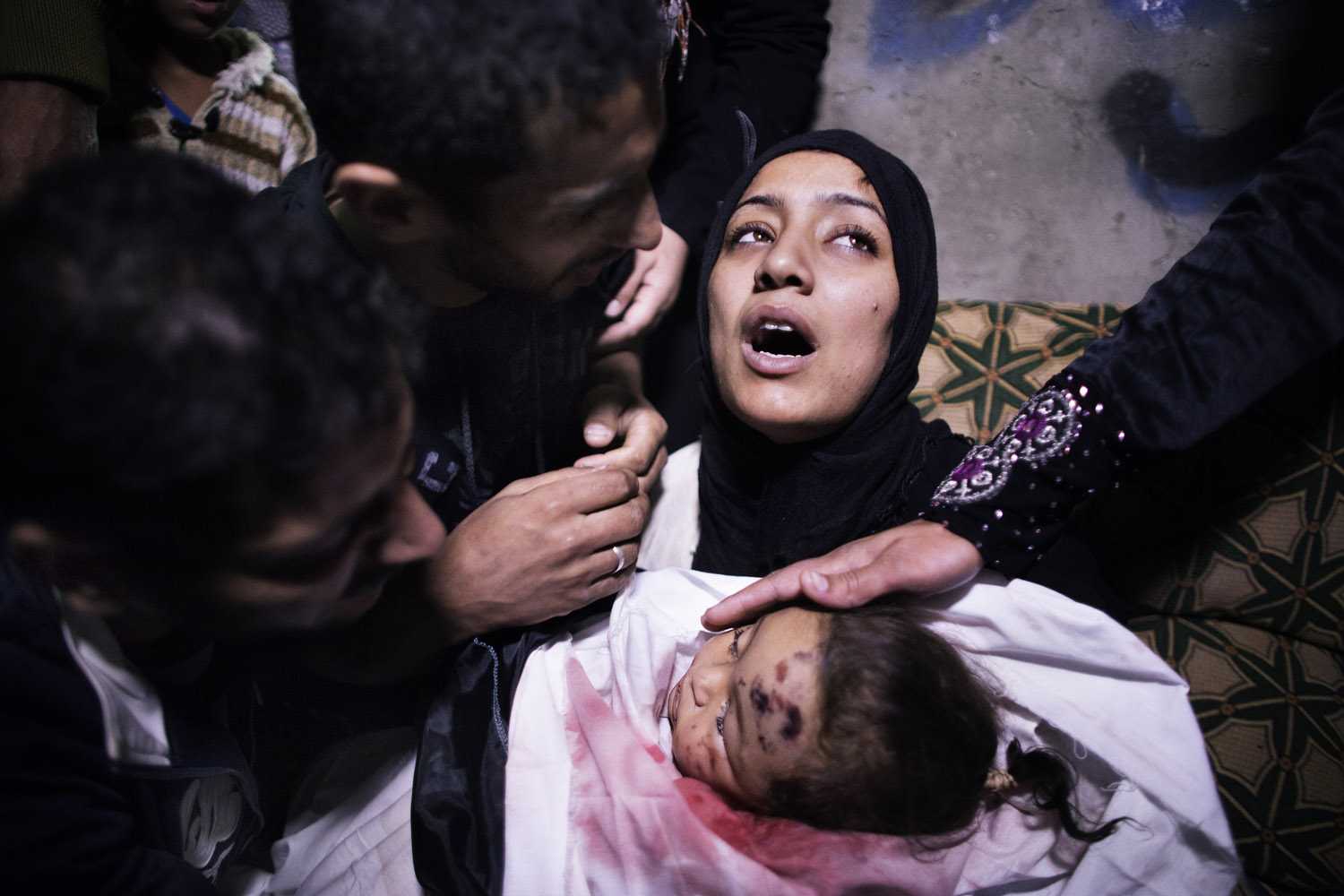
Of the millions of pictures moving through the news services, or “the wires,” in 2012, an astonishing number have already proven unforgettable. Distinctive images of daily life in Pakistan from Muhammad Muheisen, an Islamabad-based chief photographer for the Associated Press; unexpected visual stories from Jerusalem-based AP staffer Oded Balilty; uniformly strong work from Reuters’ peripatetic Goran Tomasevic (who in the past 12 months shot in Congo, Afghanistan, Syria, Kenya, Somalia and Egypt); Spanish-born Manu Brabo’s searing photos from Syria — over and over again, the wires provided signature photos from unyielding conflicts, rebellions and upheavals the world over.
But even in this celebrated company, the work of Agence-France Presse photographer Marco Longari stood markedly apart. The Italian-born Longari’s pictures from across the Middle East in 2012, from Egypt and the West Bank to Gaza and Syria, were at-once unflinching and authoritative. The unspeakable anguish in the face of a Palestinian mother holding her lifeless daughter, killed in an Israeli air strike; the passion evinced by thousands of Egyptian Christians praying for their ancient homeland; a Syrian man engaged in the most quotidian of tasks — carrying groceries — and yet hunched against a sniper’s bullet that might, at any second, take his life; the deceptively idyllic scene of a boy tending to his horse in Gaza City: in quiet moments and in terrifying, violent environments, Longari made picture after picture this year that mattered.
The Jerusalem-based chief photographer for AFP in Israel and the Palestinian territories, Longari is a graduate of the Istituto Superiore di Fotografia in Rome. In the late 1990s he covered the unrest in Kosovo before moving to Africa, where he served in Nairobi, coordinating the agency’s East African coverage. He chronicled the seemingly endless crisis in Darfur and shot the 2008 Russo-Georgian war. But it was in the Middle East in 2012 that his work transitioned from powerful to indispensable. There is, simply, no way to envision the upheaval across the region in the past year without his work. It is that central to how the world sees (and will remember) this deeply unsettling year.
The 47-year-old Longari recently told TIME that, from his perspective behind the camera, 2012 was “another year of revolutions, protests, violent acts and sheer madness. [It seems] like humanity has lost its bearings, yet again.”
He spent most of his time in Cairo, arriving early in the year, on the first anniversary of the start of the 2011 revolution. There, he was greeted by street violence and chaos.
“It was a sad scene,” he told TIME. “All the energy and the expectations of the young people with whom I shared long days and nights in Tahrir Square the year before, all was being hijacked and taken away, lost in political games. It has been difficult to find images that made sense … that were not simple repetitions of what was done a year before.”
The Egyptian presidential election in May was again, he says, a time of some optimism, with Egyptians voting in large numbers — some of them for the first time in their lives — in a country finally, tentatively experiencing what a real multiparty election can be.
“The shift in the visual landscape,” he notes, “was important, a chance to tell a positive story, whatever the outcome. Fire is still burning under the ashes,” he adds. “People on the streets are still ready and willing to settle scores.”
The West Bank and Gaza, meanwhile, is a story Longari been covering for almost six years. “Crossing the border” into that part of the world, he says, “is shifting into another gear — a different tension, but still a real tension. It’s a landscape I’ve looked at for quite a long time now. I have tools to understand it.”
Incredibly, from a year of countless telling moments, Longari recalls a specific, revelatory instance of professional camaraderie in Gaza that stays with him.
“I was waiting for casualties to arrive at the al-Shifa hospital in Gaza City after an air raid,” he told TIME. “Phone lines with Jerusalem [where his wife and two children live] went dead. It took me some time to compose myself and get back to the routine of doing what I do. But in the faces of the colleagues around me, I recognized what my face must look like every time a bomb or a rocket falls near their families. Photography is compassion — and that scene in Gaza was the most humbling lesson in compassion I’ve experienced in my career.”
TIME’s previous wire photographers of the year:
2010: Pete Muller of the Associated Press
2009: Mauricio Lima of the SAO Agence-France Press
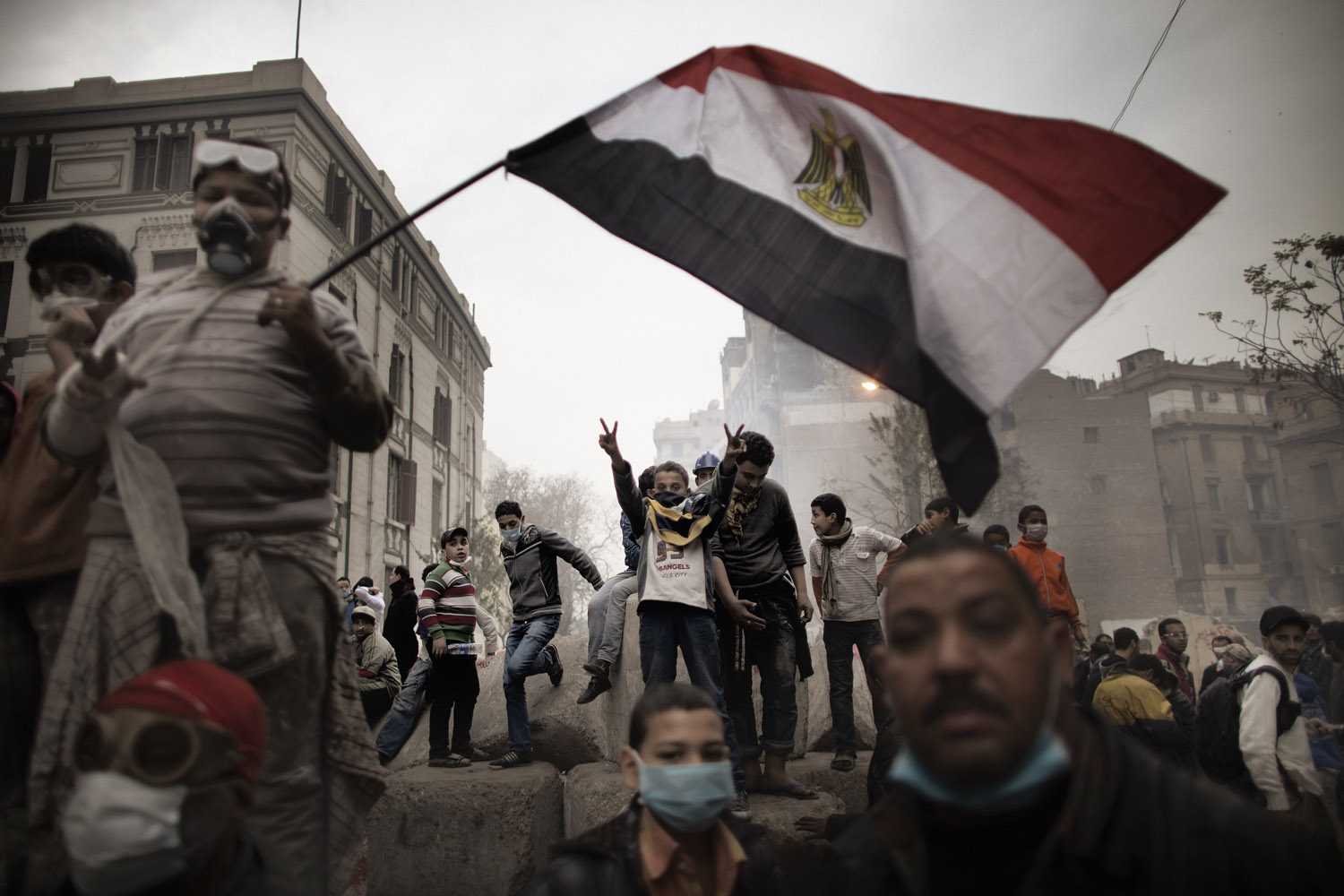
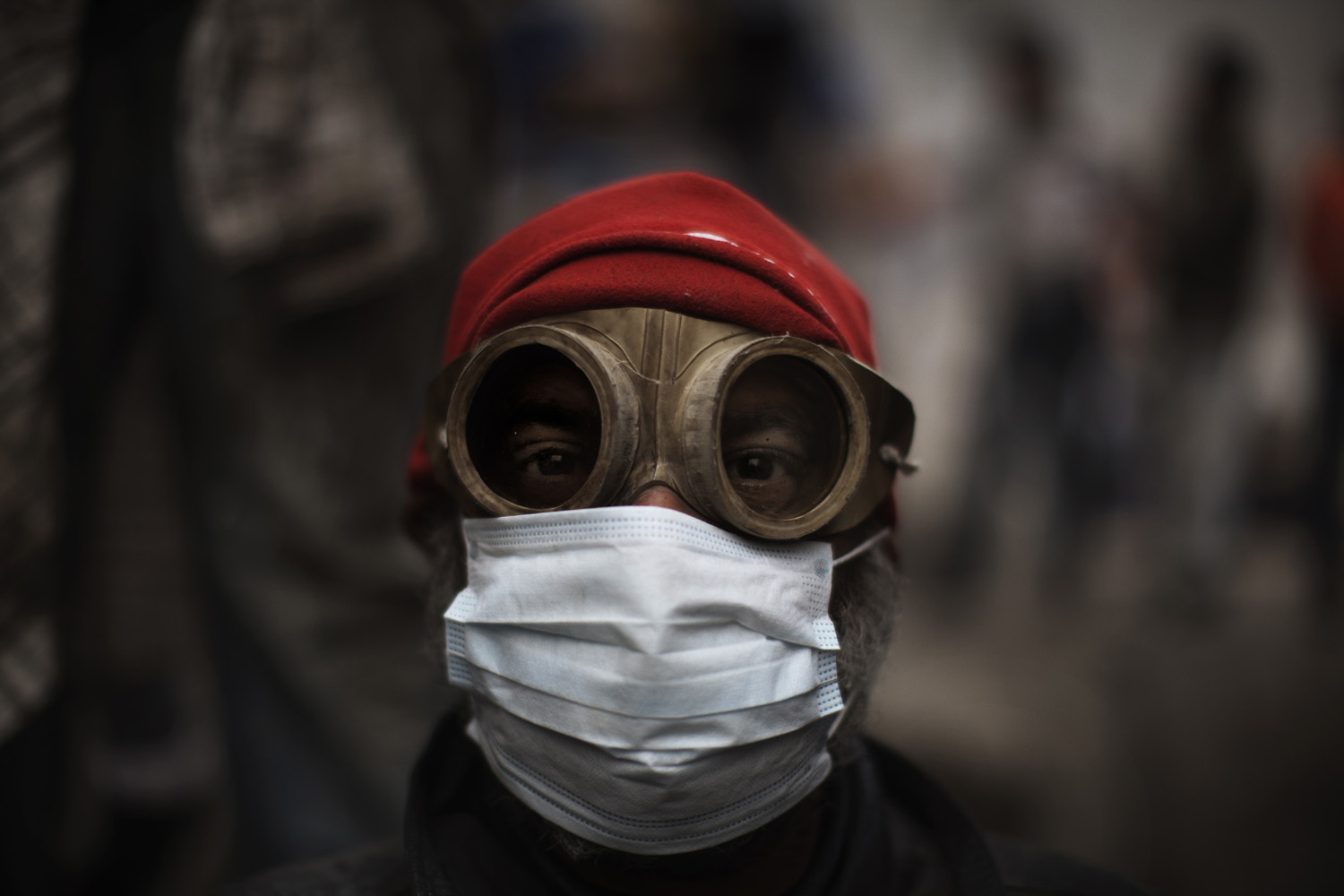


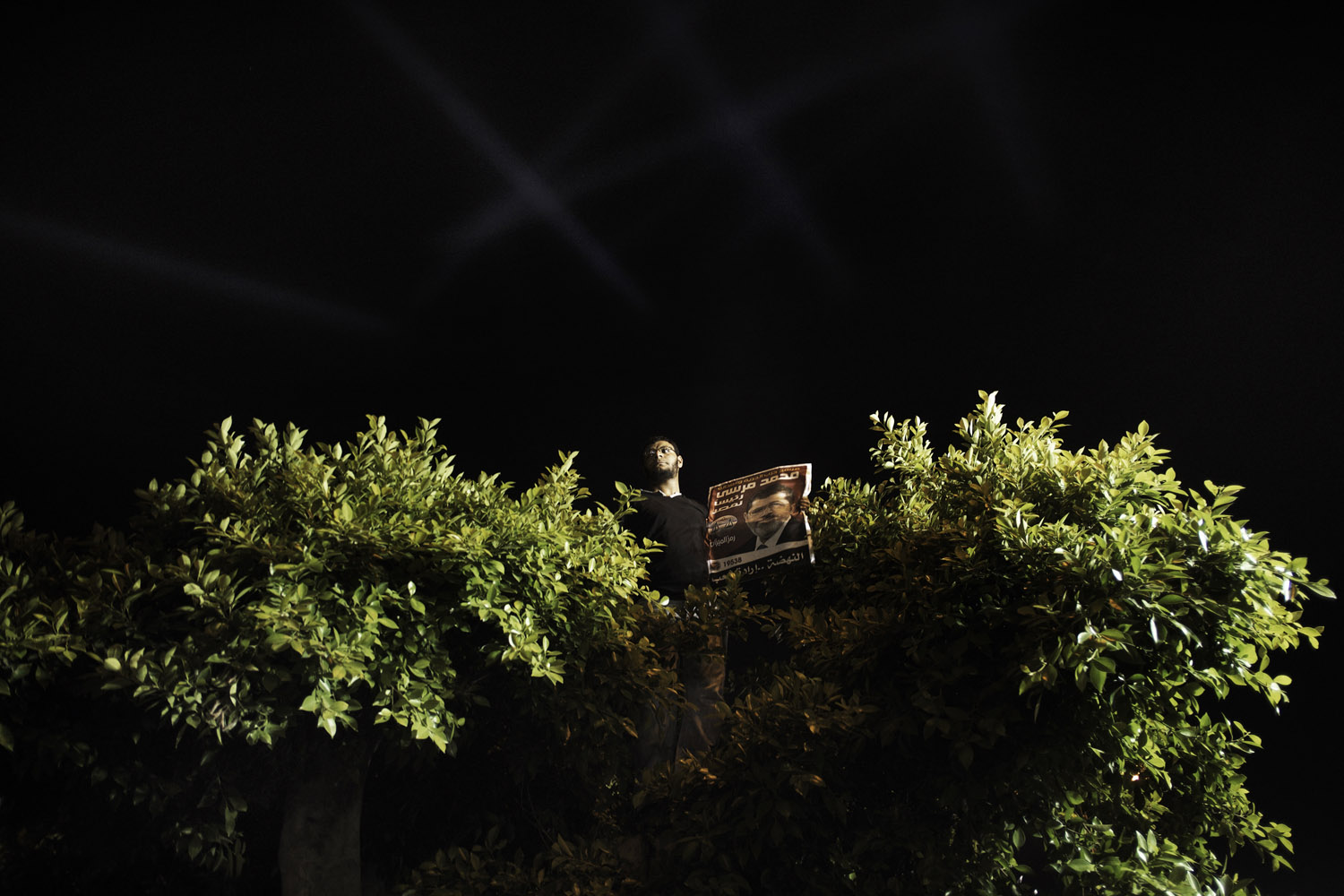

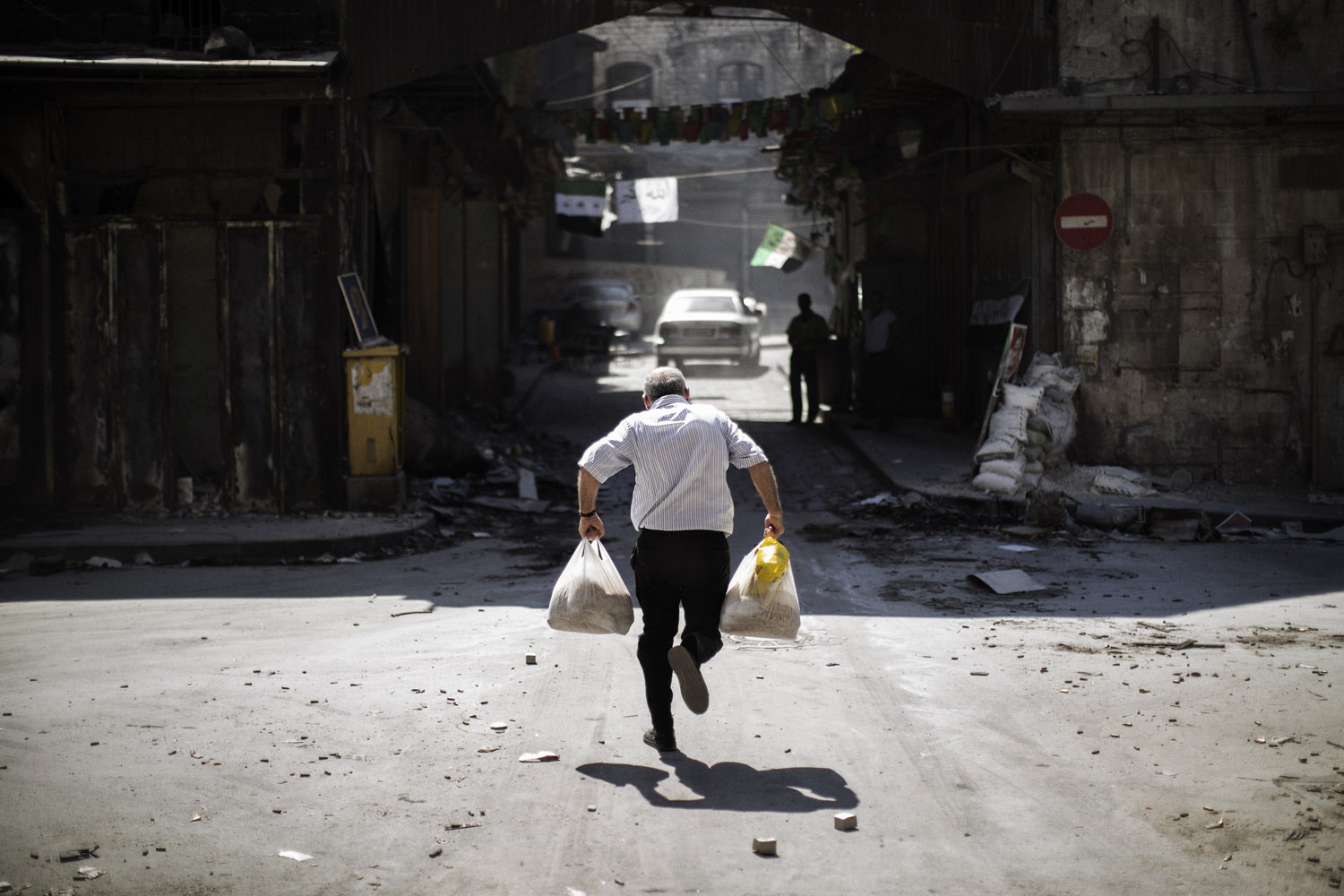
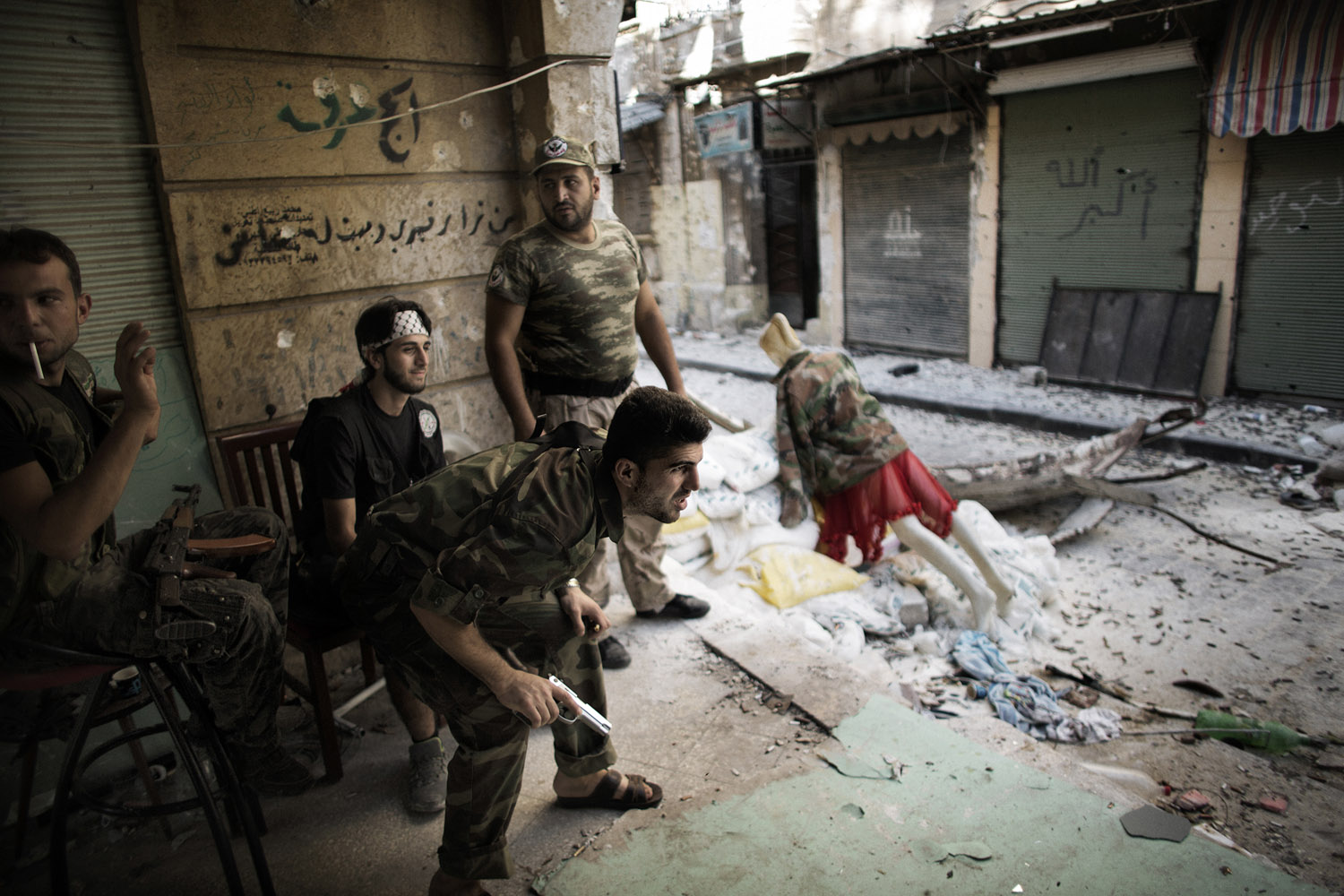

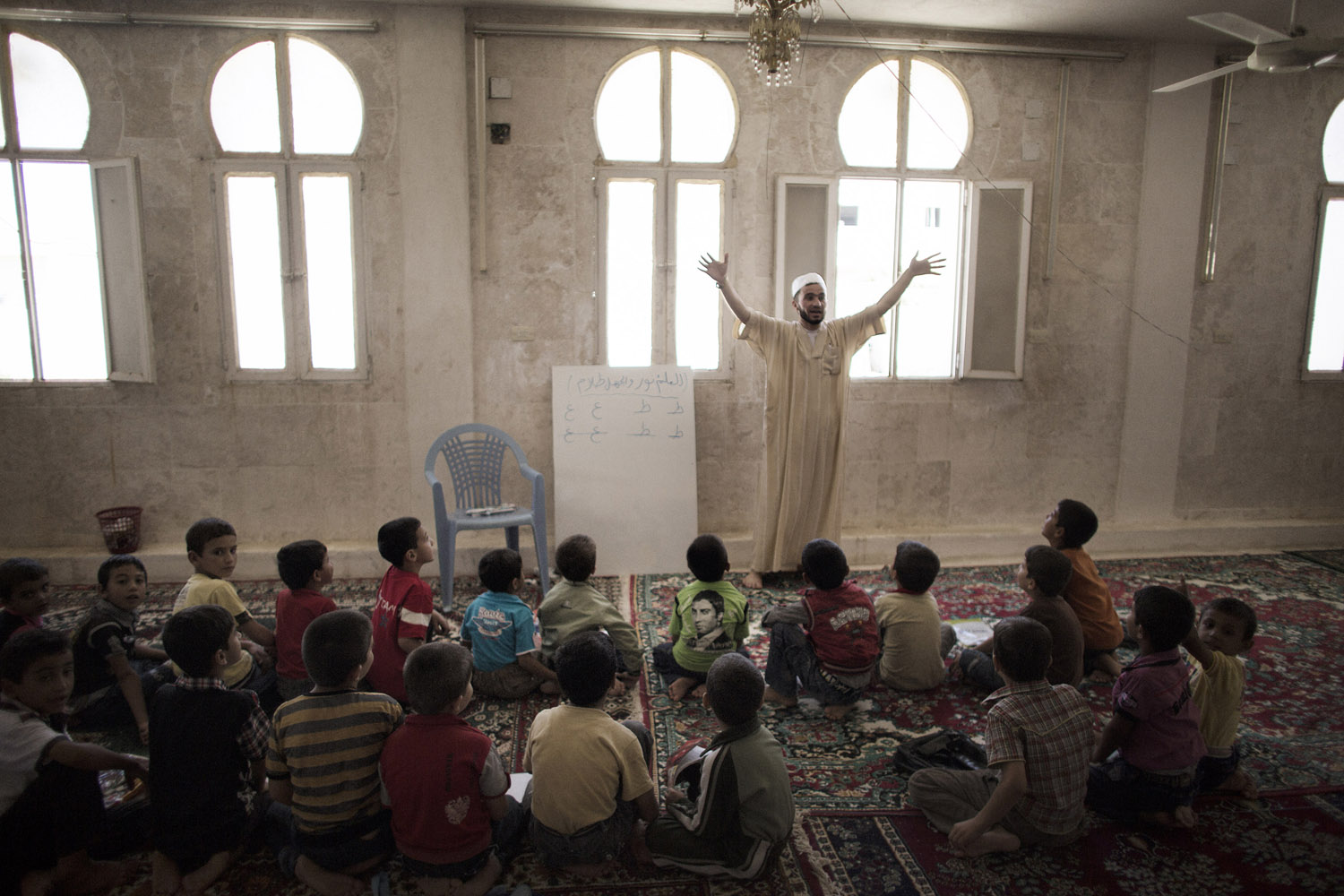
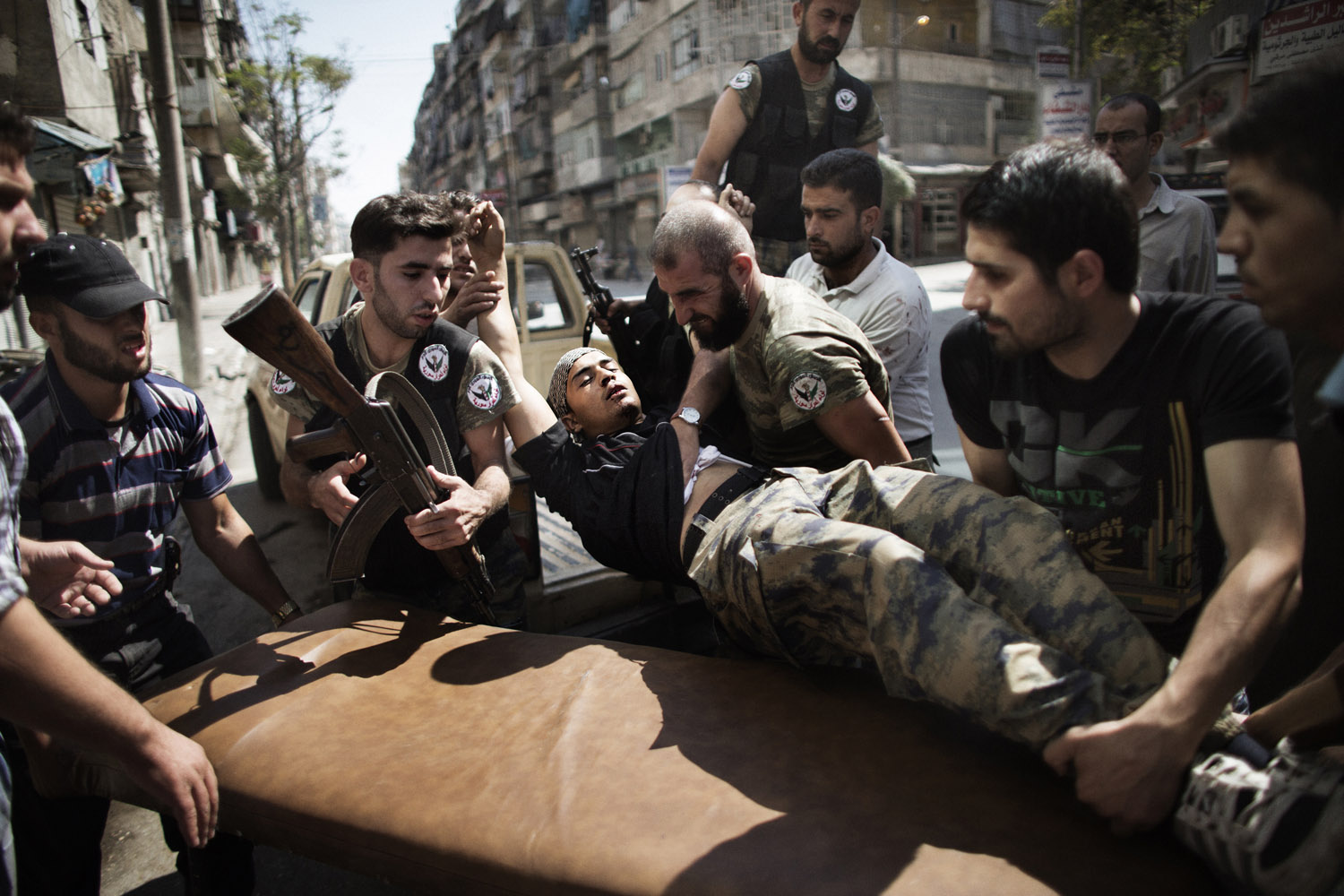
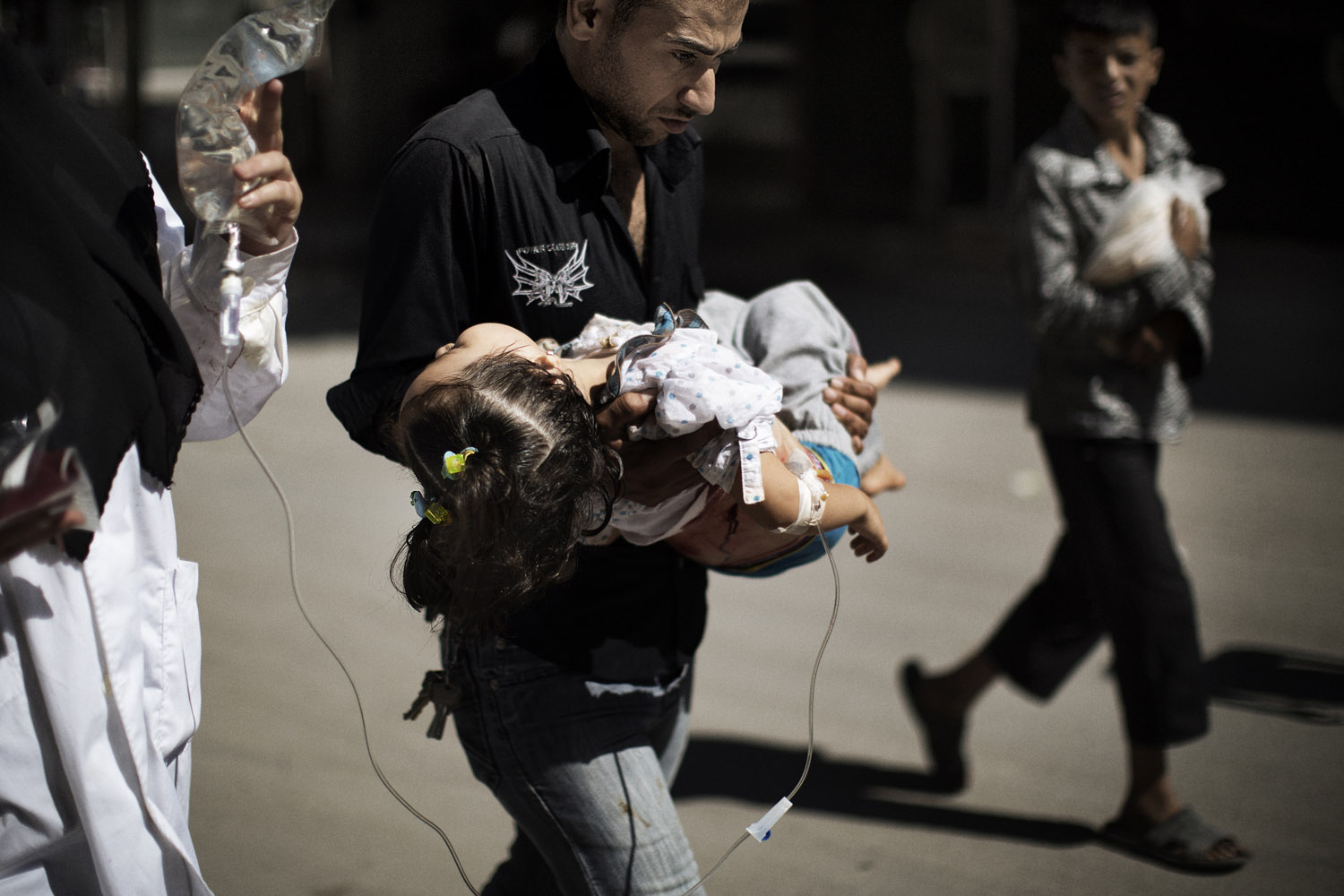
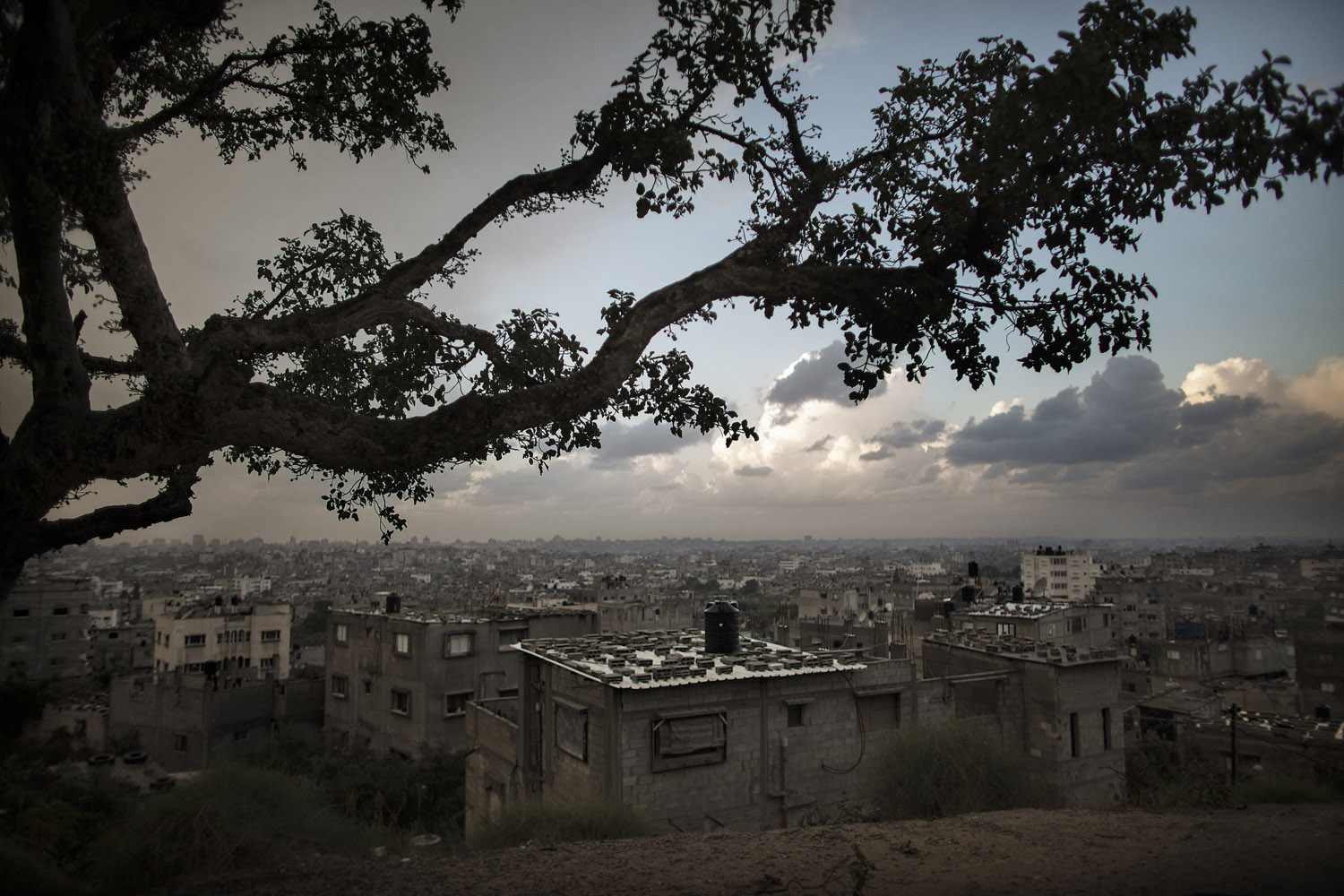
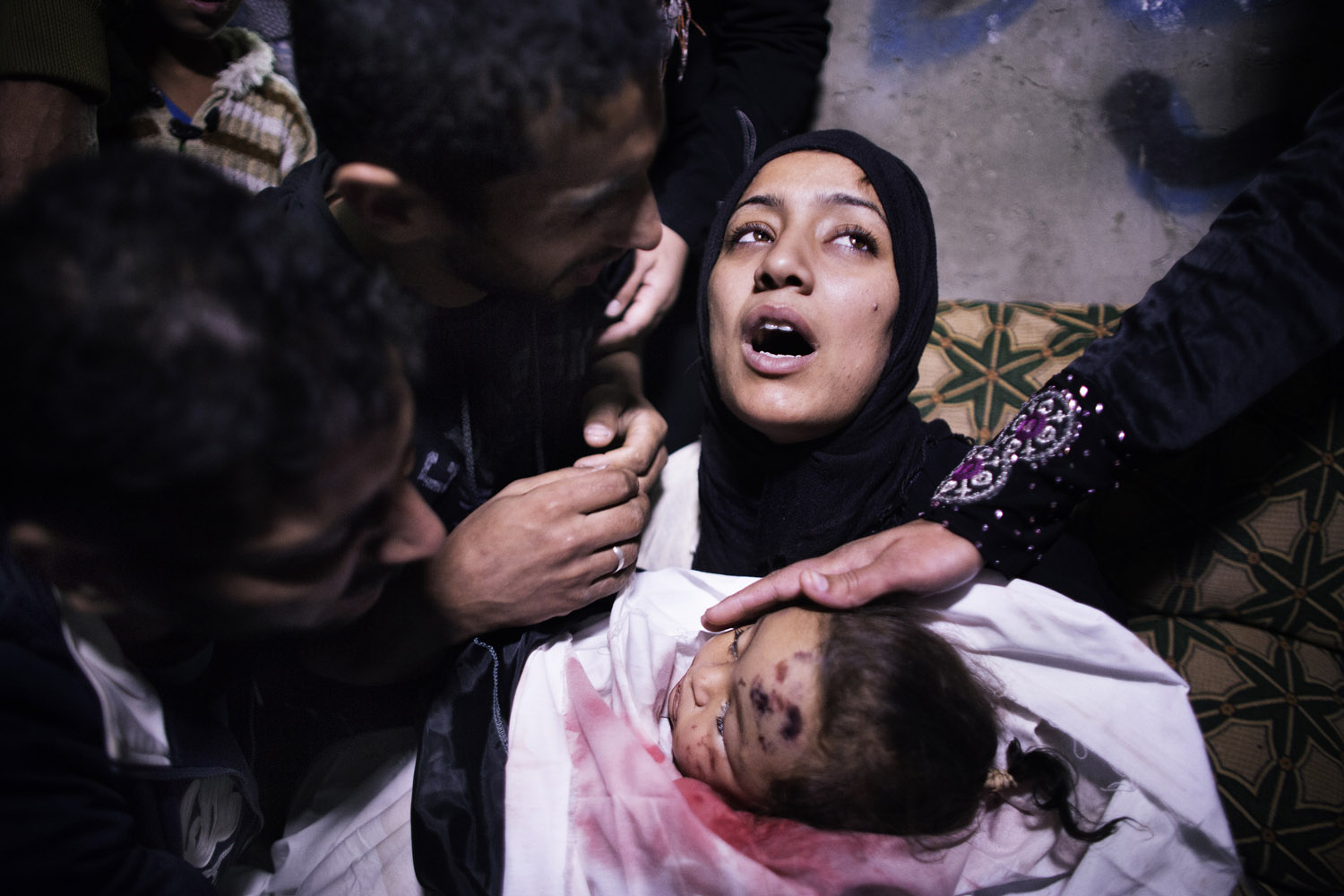

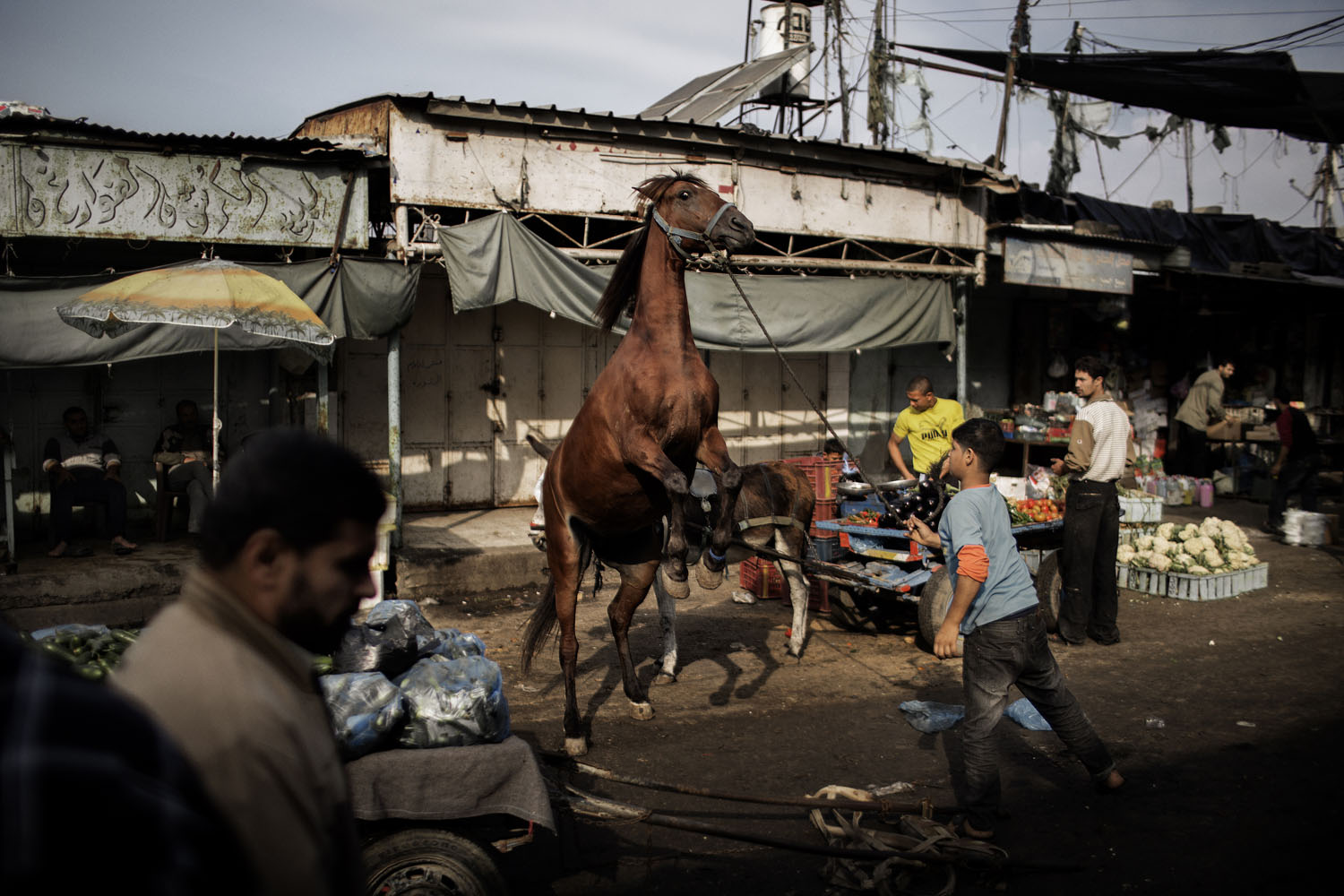
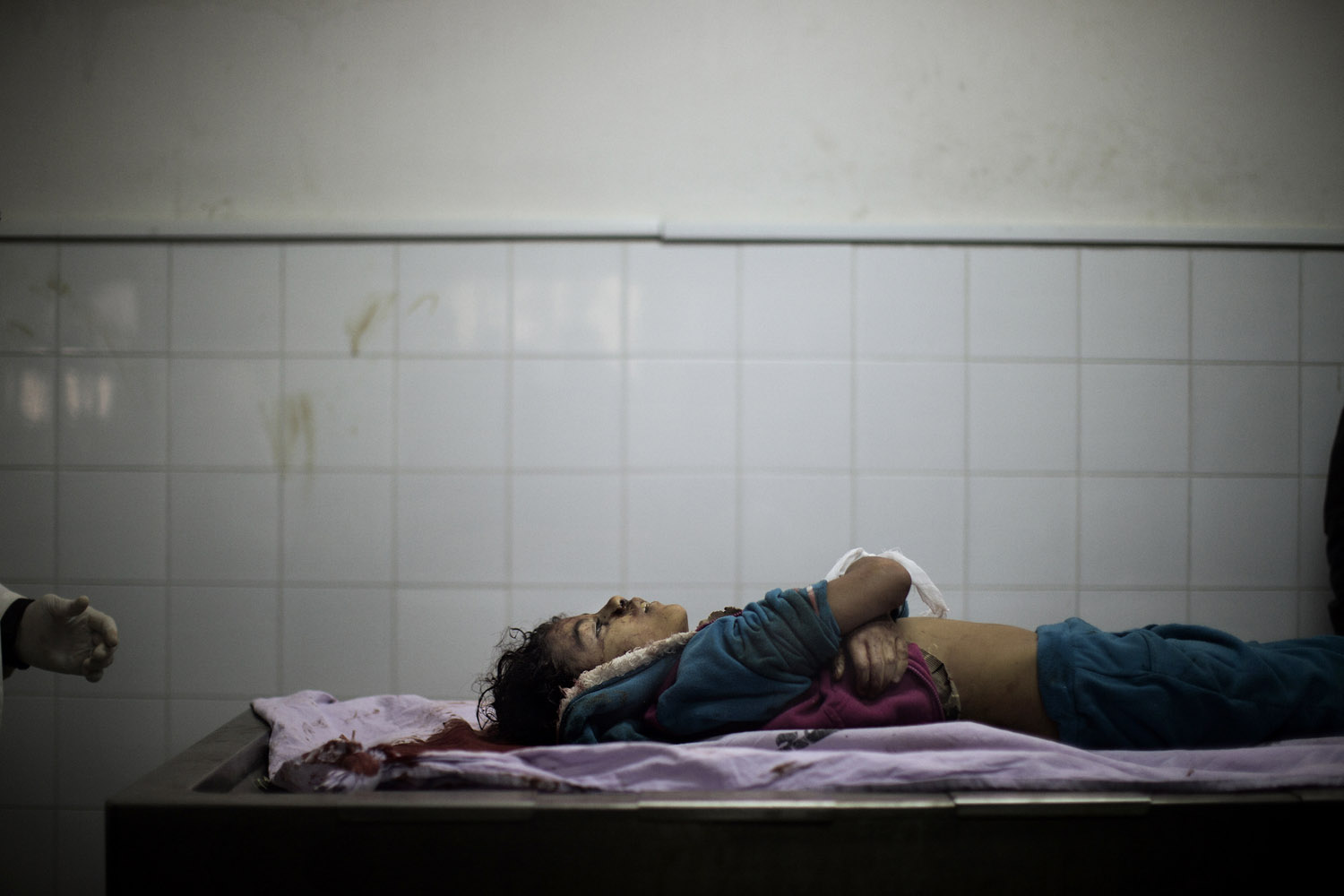
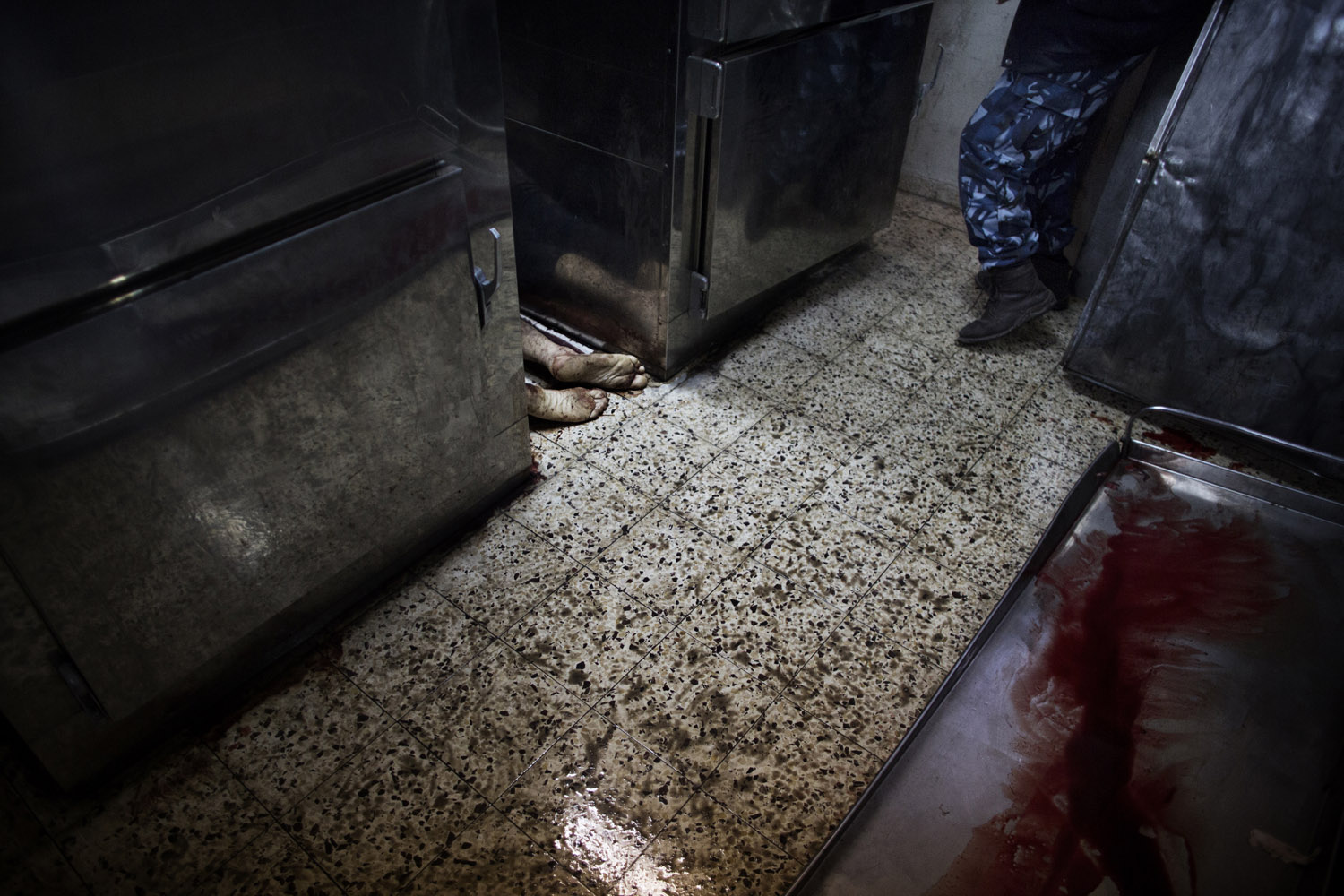
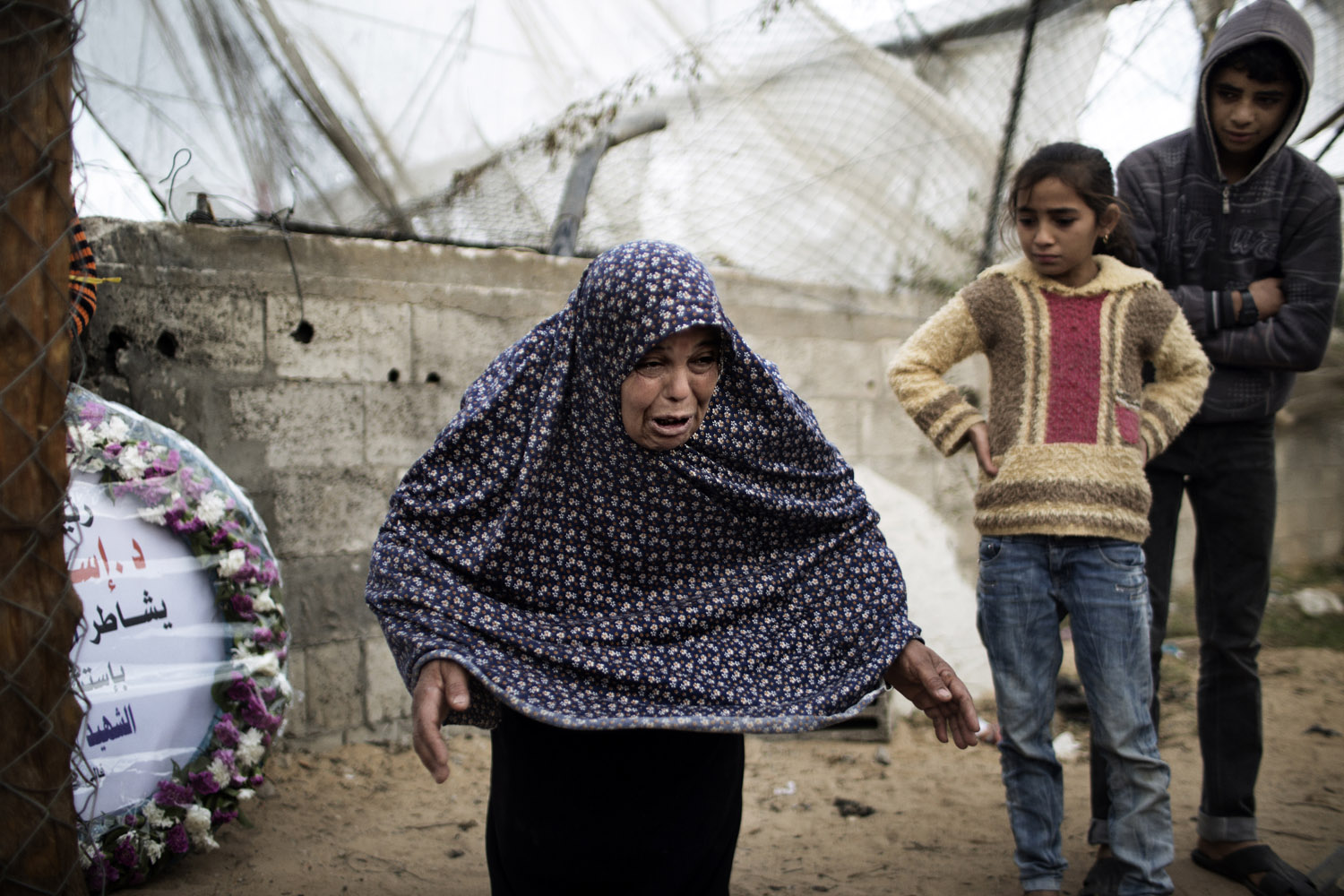
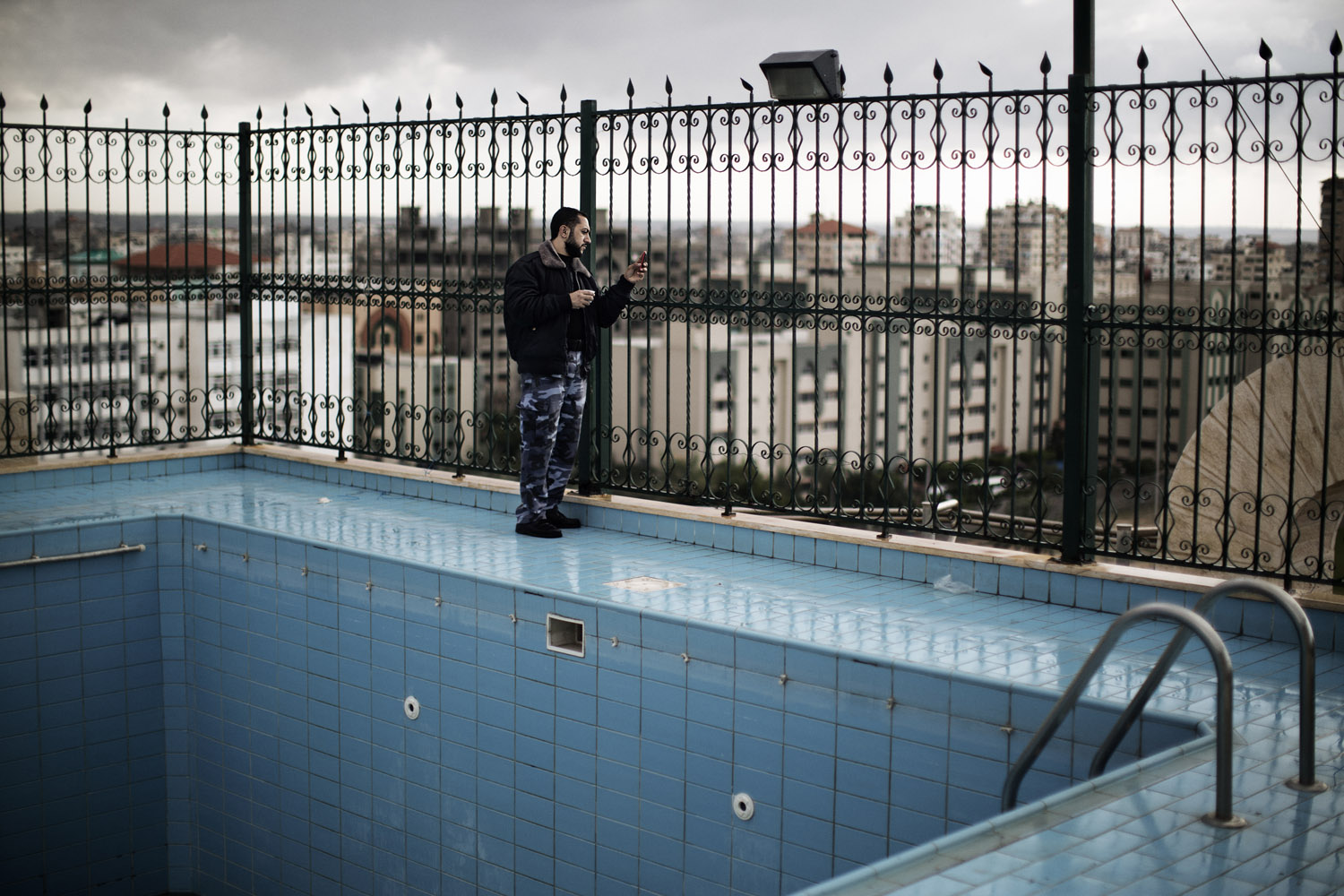
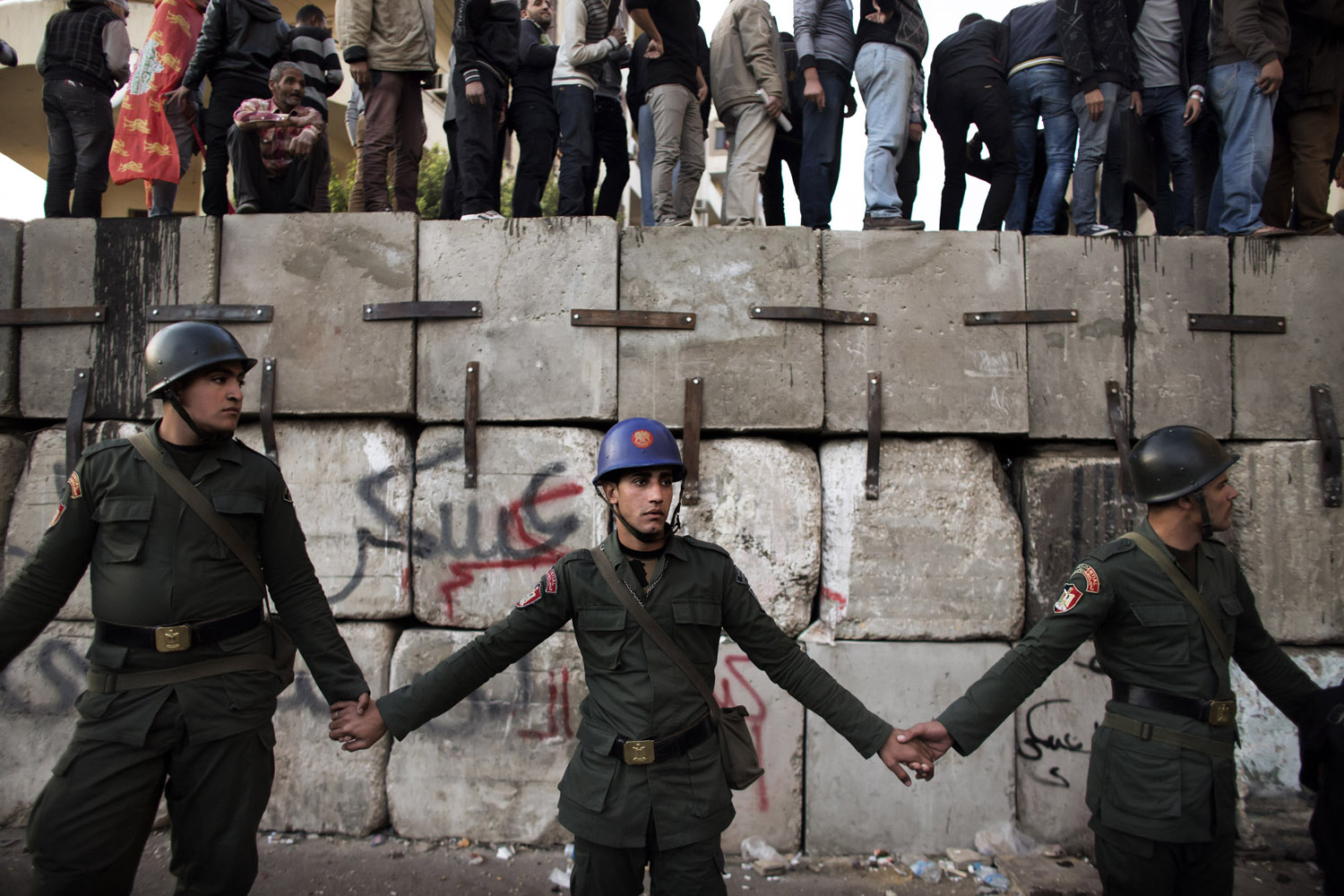

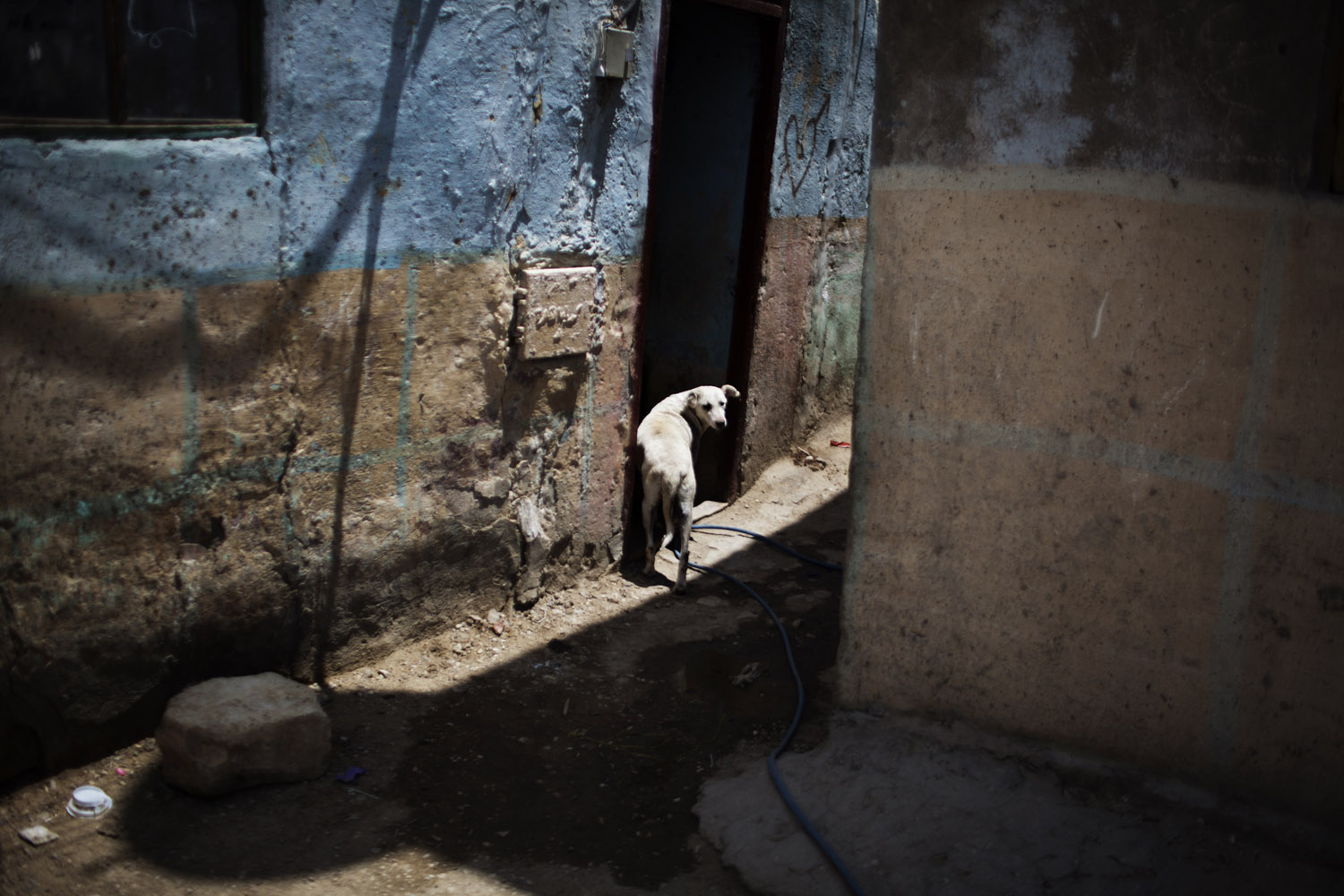
More Must-Reads From TIME
- The 100 Most Influential People of 2024
- The Revolution of Yulia Navalnaya
- 6 Compliments That Land Every Time
- Stop Looking for Your Forever Home
- If You're Dating Right Now , You're Brave: Column
- The AI That Could Heal a Divided Internet
- Fallout Is a Brilliant Model for the Future of Video Game Adaptations
- Want Weekly Recs on What to Watch, Read, and More? Sign Up for Worth Your Time
Contact us at letters@time.com